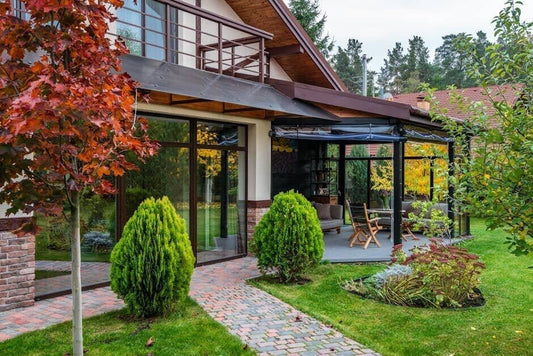Trendy Plant Blog

Choosing the Right Plants for Your Personal Aes...
Introduction to Plant Style: Matching Plants with Your Aesthetic Every person has a unique style, and just like you carefully choose your outfit, selecting the right plants for your space...
Choosing the Right Plants for Your Personal Aes...
Introduction to Plant Style: Matching Plants with Your Aesthetic Every person has a unique style, and just like you carefully choose your outfit, selecting the right plants for your space...

The Art of Houseplant Care for Small Apartments
Introduction to Houseplant Care in Small Spaces Living in a small space doesn't mean you have to give up on the idea of adding a touch of green. In fact,...
The Art of Houseplant Care for Small Apartments
Introduction to Houseplant Care in Small Spaces Living in a small space doesn't mean you have to give up on the idea of adding a touch of green. In fact,...
5 Rare Plants to Transform Your Living Space in...
Introduction to rare plants and their charm Rare plants have a unique way of turning any room into a wonder. They bring a vibe that screams ‘special’ because, well, they...
5 Rare Plants to Transform Your Living Space in...
Introduction to rare plants and their charm Rare plants have a unique way of turning any room into a wonder. They bring a vibe that screams ‘special’ because, well, they...

Incorporating Green Interior Design into Commer...
Introduction to Green Interior Design in Commercial Spaces Green interior design isn't just about adding plants to your space. It's a thoughtful approach to creating commercial environments that are not...
Incorporating Green Interior Design into Commer...
Introduction to Green Interior Design in Commercial Spaces Green interior design isn't just about adding plants to your space. It's a thoughtful approach to creating commercial environments that are not...

The Benefits of Cultivating Rare Houseplants in...
Introduction to Urban Gardening with Rare Houseplants Urban gardening isn't just about filling your space with greenery—it's a statement. When you bring rare houseplants into your urban sanctuary, you're not...
The Benefits of Cultivating Rare Houseplants in...
Introduction to Urban Gardening with Rare Houseplants Urban gardening isn't just about filling your space with greenery—it's a statement. When you bring rare houseplants into your urban sanctuary, you're not...

5 Reasons to Buy Live Plants Online for Your Wo...
Introduction to Live Plants in the Workspace Bringing live plants into your workspace isn't just about adding a splash of green; it's a smart move for both your health and...
5 Reasons to Buy Live Plants Online for Your Wo...
Introduction to Live Plants in the Workspace Bringing live plants into your workspace isn't just about adding a splash of green; it's a smart move for both your health and...
